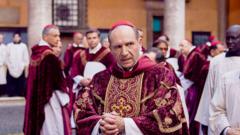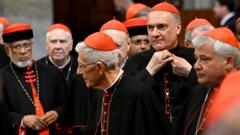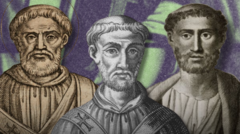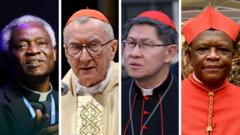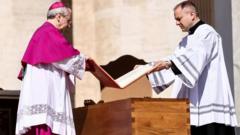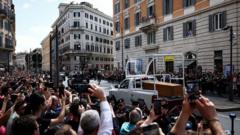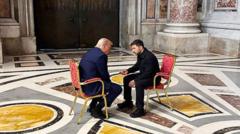The passing of Pope Francis has sparked a critical transition process for the Roman Catholic Church. This article explains key terms associated with this intricate process, from conclave to the College of Cardinals.
Understanding the Papal Transition: Key Terms Explained

Understanding the Papal Transition: Key Terms Explained
A closer look at the terminology surrounding the election of the next Pope following the death of Pope Francis.
The recent passing of Pope Francis marks a crucial moment for the Roman Catholic Church, initiating a complex transition process to elect his successor. This transition can be bewildering, especially for those unfamiliar with the intricate vocabulary and historical customs that govern the papal election.
The conclave is set to convene next month, bringing together cardinals tasked with electing the next pope. The term originates from the Latin phrase meaning "with key," reflecting the seclusion imposed on voters during this critical decision-making phase at the Vatican. This isolation lasts until a new pope is selected, a process made more dramatic by the prohibition of electronic devices and communications with the outside world. The cardinals will cast their votes in secret until a two-thirds majority is achieved.
The group responsible for this significant task is the College of Cardinals, often called the "princes of the church." This assembly of prelates—comprised of 252 cardinals appointed by the pope himself—plays a pivotal role in selecting the new leader for the worldwide Catholic community that numbers over a billion faithful. The term 'cardinal' stems from the Latin word "cardinalis," meaning "serving as a hinge," hinting at their essential role in governing the Church.
The College of Cardinals is currently led by Giovanni Battista Re, a 91-year-old Italian who has dedicated his career to serving in the Vatican. While he will preside over the pre-conclave meetings, he is not eligible to vote, as only cardinals under the age of 80 can participate in the voting process.
As the world watches the unfolding events surrounding this historic transition, understanding these terms provides invaluable context to the activities within the Vatican.


